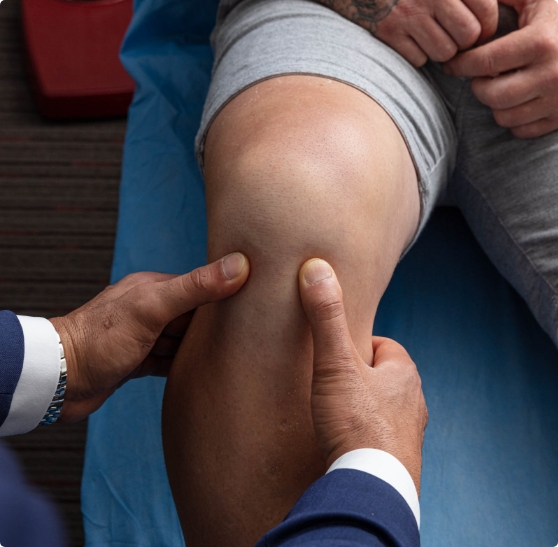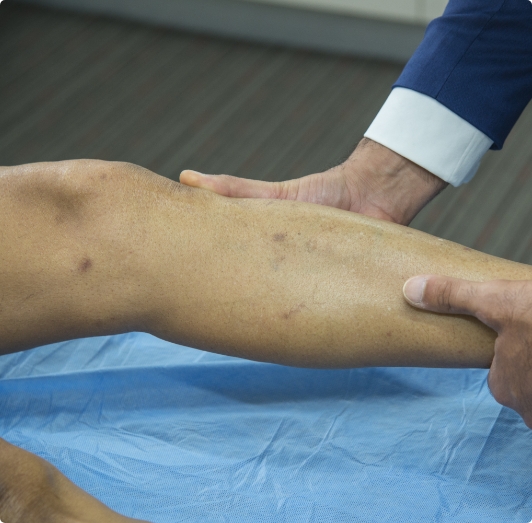Anterior Cruciate Ligament Reconstruction Conditions
What is an Anterior Cruciate Ligament (ACL) injury?
The anterior cruciate ligament is one of the major stabilizing ligaments in the knee. It is a strong rope like structure located in the centre of the knee running from the femur to the tibia. Many activities like sport, work, mountain bike and motorcycle injuries can lead to ACL tears. Common mechanisms include knee hyperextension or pivoting on the planted knee such as when stopping and turning in netball or sideways stepping in soccer or rugby. When this ligament tears unfortunately, it does not heal and often leads to the feeling of instability in the knee. After the injury, the knee tends to swell and become painful and weight bearing may be difficult.
As the knee becomes unstable after ACL injury, other structures such as the menisci bear the load, therefore, meniscal injuries are common after ACL rupture. Meniscal injury can occur during the injury secondary to the trauma or it can occur later due to ongoing instability as the knee continues to give way. Also, depending on the degree of trauma, other ligaments may be affected like the medial collateral ligament (MCL), posterior cruciate ligament (PCL) or lateral collateral ligament (LCL).
This compounds knee instability and multi-ligament knee injuries can be associated with severe knee and limb damage and should be managed as an emergency.

Book an Appointment Today!

How is ACL injury diagnosed?
The diagnosis is made after clinical assessment. This takes into account the history of the injury and the findings of clinical assessment. Particular clinical tests include the anterior draw test and the Lachman test. Both these tests assess the anterior movement of the tibia on the femur due to ACL insufficiency. Another test is the pivot shift test which attempts to replicate the instability of the knee during pivoting movements due to the ACL rupture.
X-rays are performed to eliminate the occurrence of fracture and MRI is used to assess the soft-tissue around the knee. MRI shows the ACL tear and other potential ligament and meniscal injuries.
Anterior Cruciate Ligament
Reconstruction Treatments
View the treatments for Anterior Cruciate Ligament Reconstruction
